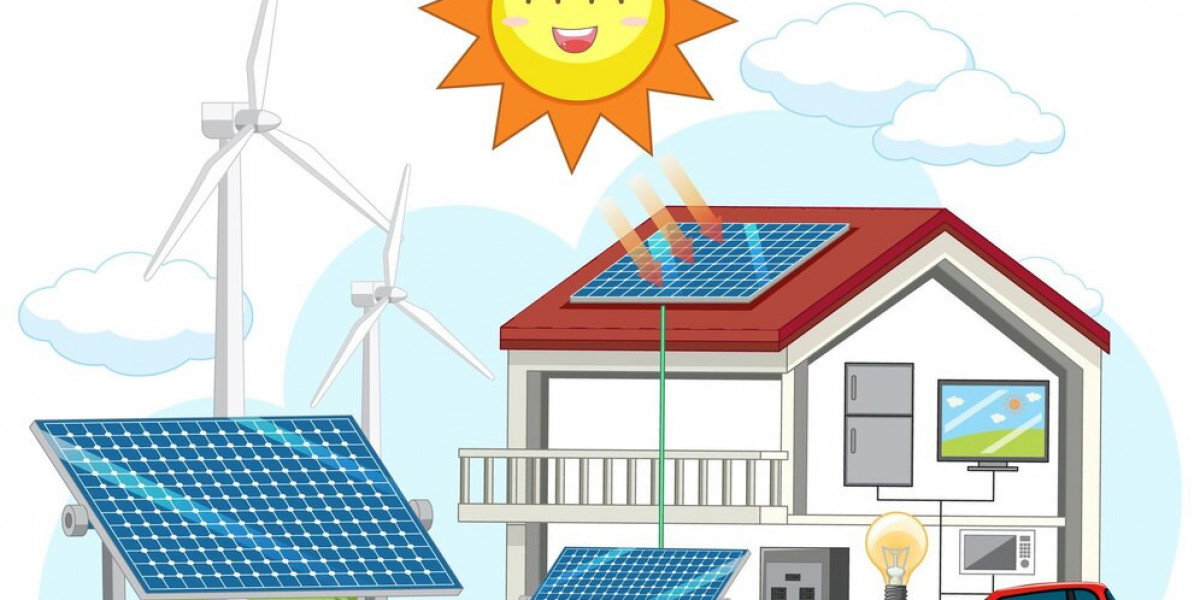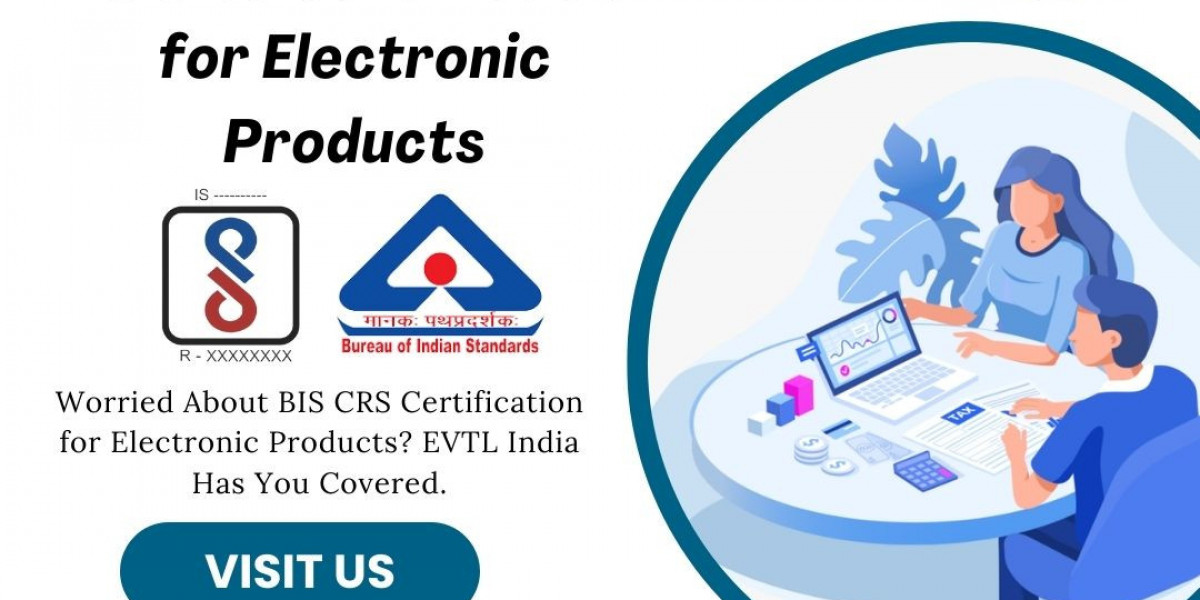The solar inverter market has experienced rapid growth in recent years, fueled by the increasing demand for renewable energy and the adoption of solar power systems worldwide. Solar inverters, essential components in solar photovoltaic (PV) systems, convert direct current (DC) electricity generated by solar panels into alternating current (AC) electricity that can be used in homes, businesses, and the electric grid. However, despite the promising growth potential, the solar inverter market faces several challenges that could hinder its expansion. These challenges, or restraints, are primarily related to technological, economic, regulatory, and market-specific factors.
1. High Initial Costs
One of the most significant barriers to the growth of the solar inverter market is the high upfront cost of solar inverters. Although the price of solar panels has decreased considerably over the years, inverters remain a significant portion of the overall cost of installing a solar power system. For many consumers, especially in developing countries, the initial investment required to install solar systems is a major deterrent. This high capital expenditure can limit the widespread adoption of solar energy, especially in regions with lower income levels or where subsidies and incentives are unavailable.
Furthermore, the cost of high-efficiency inverters, especially in large-scale installations, can be prohibitive. As the market for solar energy systems grows, cost reduction in inverter manufacturing will be crucial to overcome this restraint. However, achieving these cost reductions while maintaining high performance and reliability remains a complex challenge for manufacturers.
2. Technological Complexity and Maintenance
Solar inverters are sophisticated devices that require advanced technology and precision engineering to ensure reliable and efficient operation. The complexity of inverter systems can make installation and maintenance difficult for end-users. For residential systems, users may need professional assistance to install the inverter properly, which increases installation costs and time.
Additionally, inverters require regular maintenance to ensure that they function optimally over the long term. Failure to maintain the inverter can lead to decreased efficiency and, in some cases, system failure. These ongoing maintenance costs, along with the potential for repair or replacement, can discourage consumers from investing in solar power systems.
Furthermore, inverter technology is rapidly evolving, with continuous improvements in efficiency, grid compatibility, and smart features such as remote monitoring. As new technologies emerge, older inverter models may become obsolete, which can discourage potential investors who are concerned about the longevity and upgradability of their solar energy systems.
3. Dependence on Government Incentives
The growth of the solar inverter market is closely tied to government policies and incentives for solar energy adoption. Subsidies, tax credits, and other incentives have been crucial in making solar power more affordable for consumers. However, the sustainability of such incentives is uncertain. Government policies can change, leading to reductions or eliminations of financial support for solar installations, which may make solar power systems less attractive to potential customers.
In some regions, the uncertainty regarding government policies and incentives creates an unstable market environment for solar energy investments. Without reliable and long-term policy support, many consumers and businesses may be hesitant to invest in solar energy systems, including inverters, which could slow market growth.
4. Limited Grid Compatibility and Integration Challenges
As solar energy adoption increases, integrating solar power into the existing electricity grid has become a challenge. Solar inverters play a key role in this integration by ensuring that solar energy can be fed into the grid in a stable and efficient manner. However, grid systems in many parts of the world are not always equipped to handle the variability of renewable energy sources, including solar.
This issue is particularly relevant in regions with older electrical grid infrastructure, where grid operators may struggle to accommodate the fluctuating nature of solar power generation. In some cases, utilities may limit the amount of solar energy that can be fed into the grid at any given time, which can reduce the effectiveness and attractiveness of solar power systems.
The integration of solar inverters with smart grids and energy storage systems adds another layer of complexity. While smart inverters can enable two-way communication with the grid and enhance energy management, the high cost and technical challenges involved in upgrading grid systems to support these features can be a significant restraint to market growth.
5. Competition from Alternative Energy Sources
While solar energy is a dominant player in the renewable energy sector, it faces competition from other clean energy sources such as wind, hydropower, and biomass. Each of these alternatives has its own set of advantages, and in some regions, they may be more economically viable or easier to integrate into the existing grid system than solar energy.
For example, in areas with abundant wind resources, wind turbines may offer a more reliable and cost-effective energy solution than solar power systems. The availability of alternative energy sources can divert attention and investment away from solar power, which may limit the potential growth of the solar inverter market.
6. Supply Chain and Material Shortages
The production of solar inverters depends on various materials, including semiconductors and other high-tech components. The global supply chain for these materials can be volatile, with fluctuations in prices and availability causing disruptions in inverter production. For instance, the shortage of semiconductor chips in recent years has impacted the manufacturing of not only inverters but also other electronic devices.
In addition, as demand for solar inverters increases, manufacturers may face difficulties in scaling production to meet market needs. Limited supply of raw materials or disruptions in the supply chain can result in delays in production and higher prices for solar inverters.
Conclusion
While the solar inverter market holds great promise, it faces several key restraints that could impede its growth. High initial costs, technological complexity, dependence on government incentives, integration challenges, competition from alternative energy sources, and supply chain issues all present significant hurdles. However, with continued innovation, cost reduction strategies, and supportive policy frameworks, many of these challenges can be mitigated. Overcoming these restraints will be crucial in ensuring the widespread adoption of solar power and the continued growth of the solar inverter market.
read more:
| https://www.pristinemarketinsights.com/solar-inverter-market-report |









